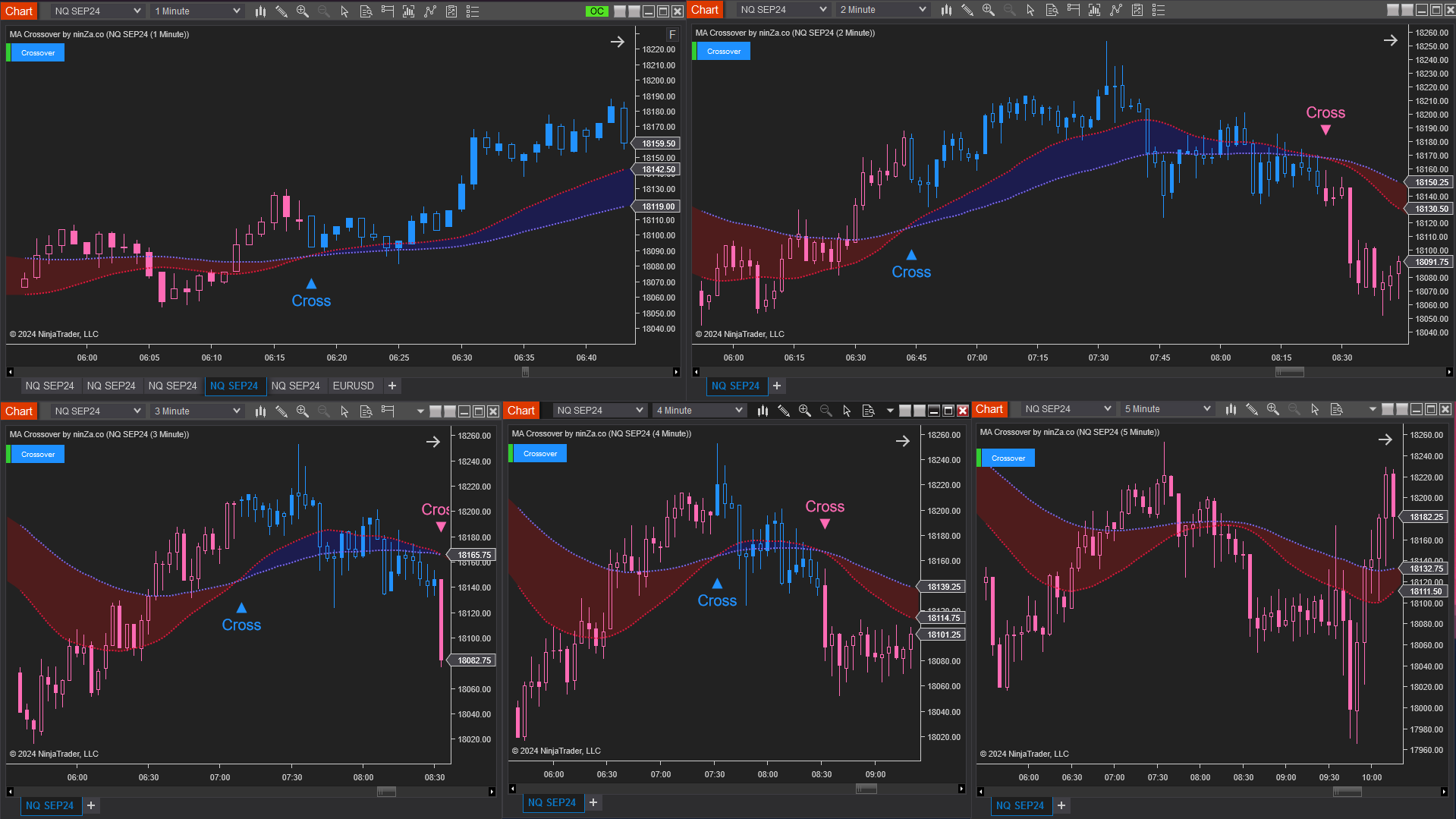Signal validation is a crucial step in trading to filter out noise and improve accuracy. Here are four effective methods to confirm trading signals and enhance their reliability.

1. Multi-Timeframe Confirmation
A strong signal often aligns across multiple timeframes. If a buy signal appears on the 5-minute chart but contradicts the trend on the 1-hour chart, its reliability decreases. When the same signal is present across different timeframes, it carries more weight and is less likely to be a false move.

2. Cross-Instrument Confirmation
Markets are interconnected, and correlations between instruments can provide additional confirmation. A signal that aligns with a related asset—whether through direct correlation (e.g., S&P 500 and Nasdaq) or inverse correlation (e.g., USD and Gold)—adds credibility. Watching for confluence across multiple instruments can filter out weak signals.
3. Indicator Confluence
Using multiple indicators to validate a trade setup can improve accuracy. A signal that appears on one indicator may be unreliable, but if the same signal is supported by multiple indicators—such as a moving average crossover aligning with a momentum shift—it becomes more trustworthy. However, avoid overloading charts with conflicting indicators.
4. Oscillator Overlap
Oscillators like RSI, MFI, and Stochastic help identify overbought and oversold conditions. A buy signal is stronger when multiple oscillators simultaneously show oversold conditions, and a sell signal is more reliable when they indicate overbought conditions. The overlap of these signals can act as a strong validation filter before entering a trade.

Streamlining Multi-Confirmation Analysis
Applying a multi-confirmation strategy effectively requires monitoring multiple timeframes, instruments, and indicators simultaneously—something that can be time-consuming and mentally exhausting. To simplify this process, we have indicators and a system that consolidate data onto a single chart, eliminating the need to manually analyze multiple sources of information.
Multi-Timeframe Fu$ion allows signal validation across 5 different timeframes on the same chart.
Multi-Instrument Synergy confirms signals across 5 different instruments simultaneously.
Captain Optimus Strong enables validation across an unlimited number of indicators and systems, with automated trade execution when consensus signals appear.
Multi-Osc OB/OS Overlap identifies confluence zones for overbought/oversold conditions using RSI, MFI, and Stochastic.
These indicators and systems are currently available at a reduced price for a limited time. You can also get them at an even greater discount as part of our newly released Cypertron Trading Kit.
👉 Explore here: https://ninza.co/product/cypertron
